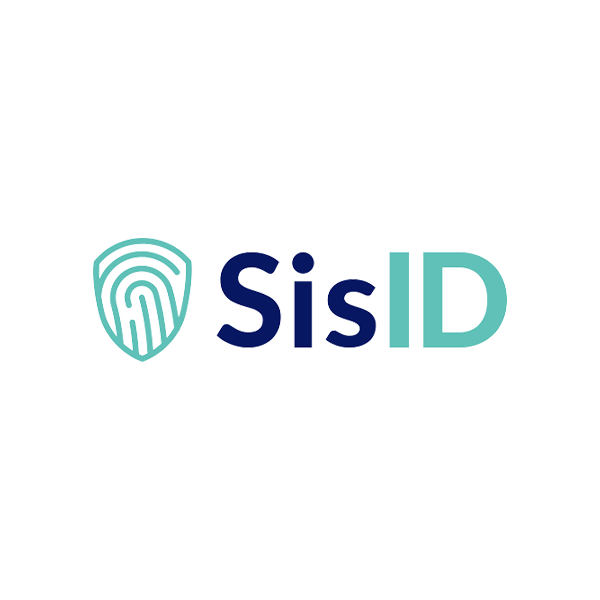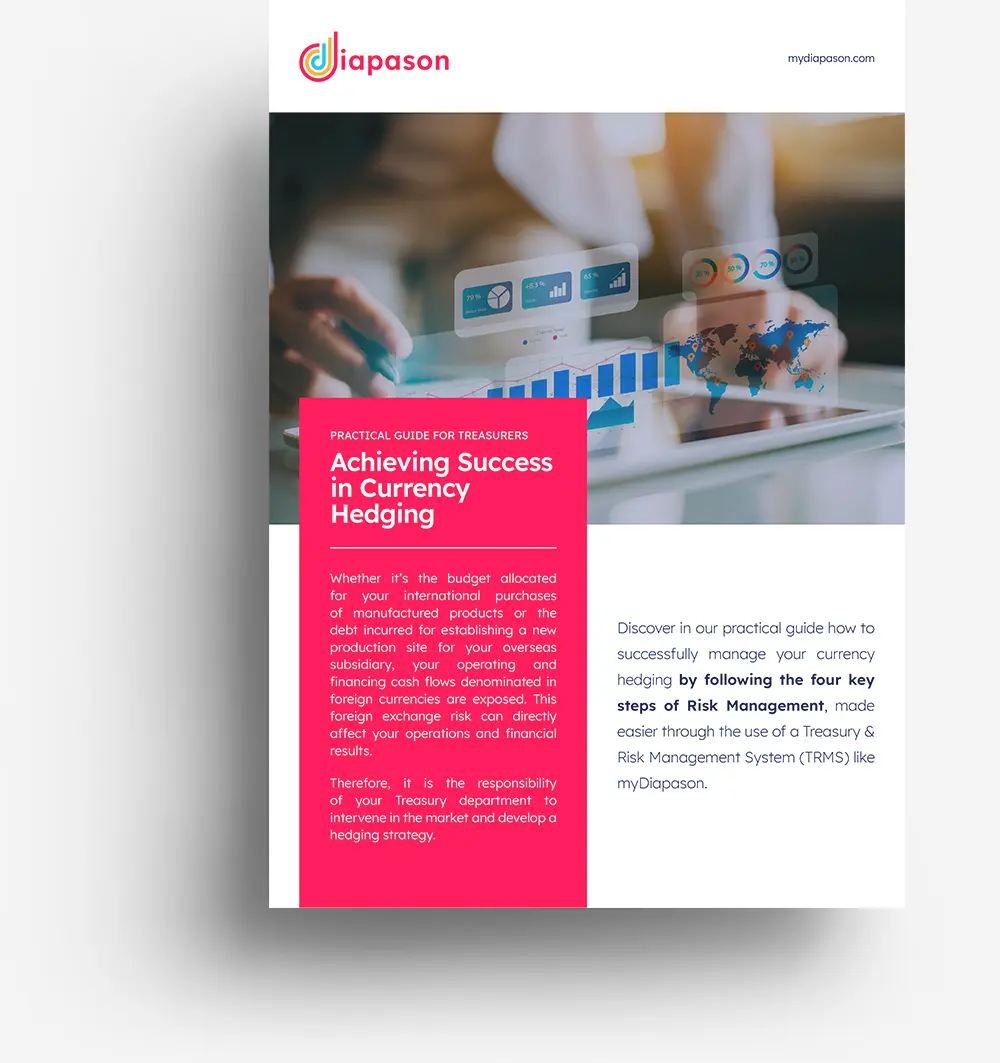Corporates weakened by the health crisis
With the health crisis and the must for corporate teleworking, the risk of fraud has considerably risen.
As employees are forced to work remotely and adapt their way to of working, 57% of the corporates have seen at least one cyber-attack in 2020, with a 41% increase for this year alone.
Today, one out of two corporates says they are concerned about their ability to cope with cyber-risks. While many are aware of the risk of fraud, the majority are unprepared and want to acquire new technical solutions to guard against it.
Source: 6th barometer of CESIN
The risk of fraud and cybercrime has considerably risen
The massive use of teleworking is largely conducive to fraud attempts, particularly false international bank transfer orders and president scams. The ingenuity of cybercriminals is limitless, combining increasingly sophisticated fraud techniques with the use of new technologies.
It is becoming imperative to mobilize all actors in the payment chain and not just the corporate treasurer, who is already on all fronts. Vigilance must be unfailing to counteract these practices and avoid falling into the trap of the scammer.
Secure payments in the cash-flow cycle
The security chain relies on several links and the strength of this chain depends on its weakest link.
The myDiapason solutions allow the implementation of banking powers directly linked to the signature processes. Thus, the rights and responsibilities are materialized in the same system as the one that controls the validations, according to the nature of the flows and the amounts of the remittances. Furthermore, identification systems have evolved considerably in recent years and standards are emerging. Setting up a multi-factor authentication system for sensitive flows is now fundamental and can be easily administered.
In addition, an alert module for atypical behaviour and payments that are potentially outside the secure framework completes the system.
To further secure payment data, direct connectivity is established via APIs (programming interfaces) with leading bank fraud solutions to enable treasurers to dynamically control the identity of third parties and their bank details.
Discover our partners
Together, we reduce the scope of cybercriminals. Unity is strength!




